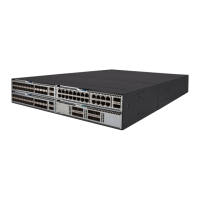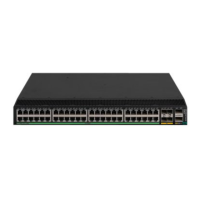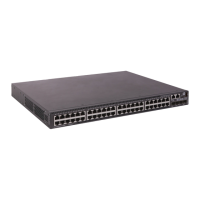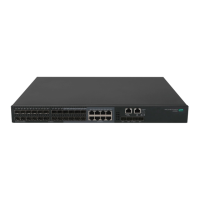1
Configuring basic IP routing
IP routing directs IP packet forwarding on routers based on a routing table. This chapter focuses on
unicast routing protocols. For more information about multicast routing protocols, see IP Multicast
Configuration Guide.
Routing table
A RIB contains the global routing information and related information, including route recursion, route
redistribution, and route extension information. The router selects optimal routes from the routing
table and puts them into the FIB table. It uses the FIB table to forward packets. For more information
about the FIB table, see Layer 3—IP Services Configuration Guide.
Table 1 categorizes routes by different criteria.
Table 1 Route categories
Destination
• Network route—
The destination is a network. The subnet mask is less than 32
bits.
• Host route—The destination is a host. The subnet mask is 32 bits.
Whether the
destination is directly
connected
• Direct route—The destination is directly connected.
• Indirect route—The destination is indirectly connected.
Origin
• Direct route—A direct route is discovered by the data link protocol on an
interface, and is also called an interface route.
• Static route—A static route is manually configured by an administrator.
• Dynamic route—A dynamic route is dynamically discovered by a routing
protocol.
To view brief information about a routing table, use the display ip routing-table command.
<Sysname> display ip routing-table
Destinations : 9 Routes : 9
Destination/Mask Proto Pre Cost NextHop Interface
0.0.0.0/32 Direct 0 0 127.0.0.1 InLoop0
3.3.3.3/32 Direct 0 0 127.0.0.1 InLoop0
127.0.0.0/8 Direct 0 0 127.0.0.1 InLoop0
127.0.0.0/32 Direct 0 0 127.0.0.1 InLoop0
127.0.0.1/32 Direct 0 0 127.0.0.1 InLoop0
127.255.255.255/32 Direct 0 0 127.0.0.1 InLoop0
...
A route entry includes the following key items:
Destination—IP address of the destination host or network.
Mask—Mask length of the IP address.
Proto—Protocol that installed the route.
Pre—Preference of the route. Among routes to the same destination, the route with the highest
preference is optimal.

